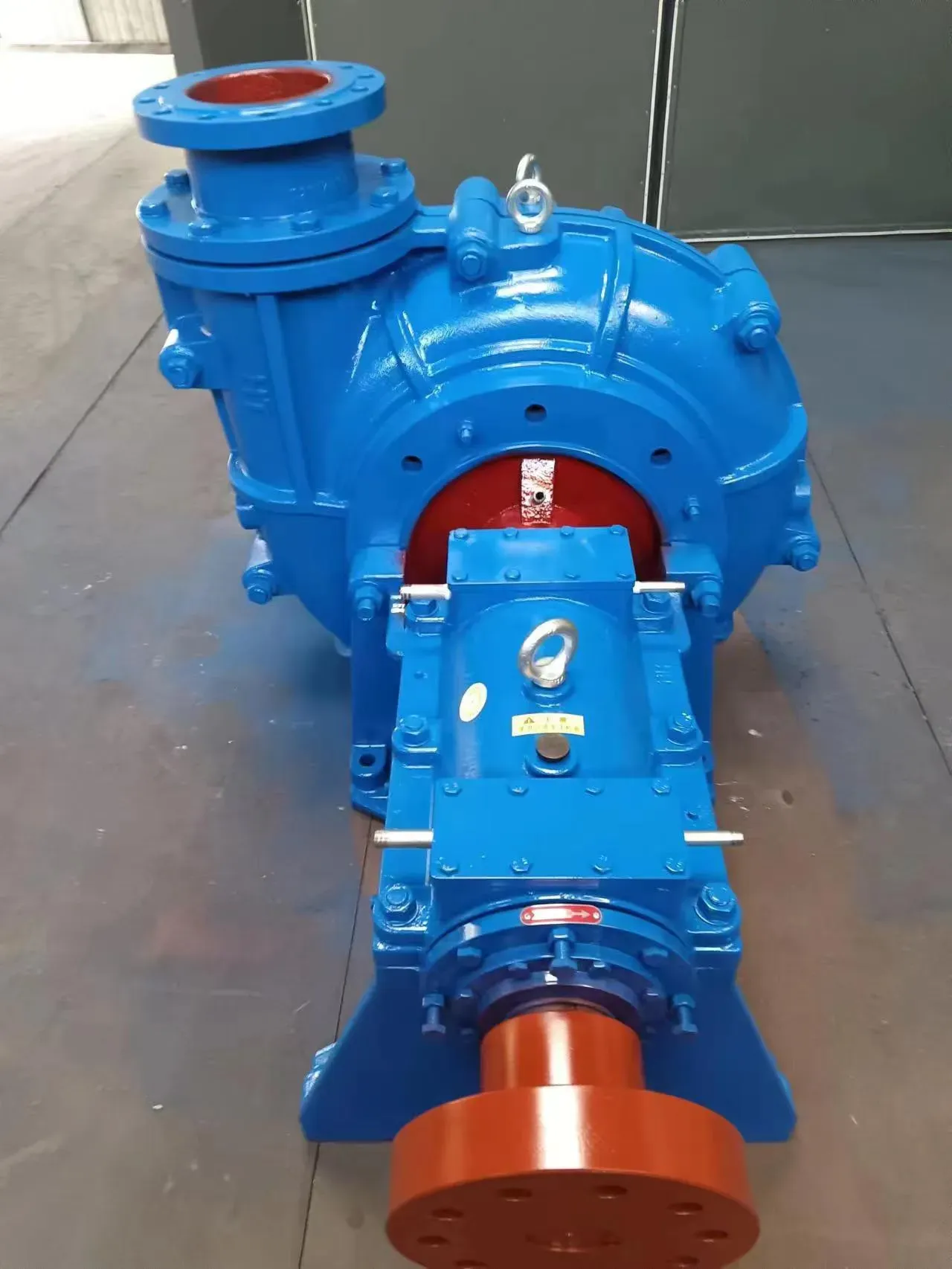English
- Afrikaans
- Albanian
- Amharic
- Arabic
- Armenian
- Azerbaijani
- Basque
- Belarusian
- Bengali
- Bosnian
- Bulgarian
- Catalan
- Cebuano
- Corsican
- Croatian
- Czech
- Danish
- Dutch
- English
- Esperanto
- Estonian
- Finnish
- French
- Frisian
- Galician
- Georgian
- German
- Greek
- Gujarati
- Haitian Creole
- hausa
- hawaiian
- Hebrew
- Hindi
- Miao
- Hungarian
- Icelandic
- igbo
- Indonesian
- irish
- Italian
- Japanese
- Javanese
- Kannada
- kazakh
- Khmer
- Rwandese
- Korean
- Kurdish
- Kyrgyz
- Lao
- Latin
- Latvian
- Lithuanian
- Luxembourgish
- Macedonian
- Malgashi
- Malay
- Malayalam
- Maltese
- Maori
- Marathi
- Mongolian
- Myanmar
- Nepali
- Norwegian
- Norwegian
- Occitan
- Pashto
- Persian
- Polish
- Portuguese
- Punjabi
- Romanian
- Russian
- Samoan
- Scottish Gaelic
- Serbian
- Sesotho
- Shona
- Sindhi
- Sinhala
- Slovak
- Slovenian
- Somali
- Spanish
- Sundanese
- Swahili
- Swedish
- Tagalog
- Tajik
- Tamil
- Tatar
- Telugu
- Thai
- Turkish
- Turkmen
- Ukrainian
- Urdu
- Uighur
- Uzbek
- Vietnamese
- Welsh
- Bantu
- Yiddish
- Yoruba
- Zulu
Telephone: +86 13120555503
Email: frank@cypump.com
Nov . 19, 2024 02:56 Back to list
Choosing the Right Pump for Efficient Slurry Handling and Transportation
When it comes to transporting slurry— a mixture of solids and liquids—choosing the right pump is crucial for efficient and reliable operation. Slurry is commonly found in various industries, including mining, construction, sewage treatment, and agriculture. Therefore, understanding which pump is best suited for handling slurry can greatly impact operational efficiency and overall effectiveness.
.
Another common option is the positive displacement pump, which is often favored for its ability to handle thick slurries and materials with larger particles. Positive displacement pumps work by trapping a fixed amount of fluid and forcing it through the outlet, ensuring consistent flow regardless of the slurry's viscosity. Gear pumps and progressive cavity pumps fall under this category and are effective in delivering high-pressure output even with challenging materials.
which pump is used for slurry

Air-operated diaphragm pumps are also suitable for slurry applications. These pumps are versatile and can handle both solids and liquids effectively. Their ability to self-prime and operate without electricity makes them ideal for temporary setups or in environments where electrical supply is limited.
When selecting a pump for slurry, it's essential to consider several factors, including the specific characteristics of the slurry—such as density, viscosity, and solid size—as well as the required flow rate and pressure. Additionally, the pump material must be compatible with the slurry to reduce wear and prolong service life.
In conclusion, the choice of pump for slurry applications depends on the unique requirements of the situation. Whether opting for a centrifugal, positive displacement, or diaphragm pump, understanding the specific characteristics of the slurry and the operational requirements can lead to optimal performance and minimal downtime in handling these challenging materials.
-
Horizontal Split Case Pump with GPT-4 Turbo | High Efficiency
NewsAug.01,2025
-
ISG Series Pipeline Pump - Chi Yuan Pumps | High Efficiency, Durable Design
NewsAug.01,2025
-
Advanced Flue Gas Desulfurization Pump with GPT-4 Turbo | Durable & Efficient
NewsJul.31,2025
-
ISG Series Vertical Pipeline Pump - Chi Yuan Pumps | Advanced Hydraulic Design&Durable Construction
NewsJul.31,2025
-
ISG Series Vertical Pipeline Pump - Chi Yuan Pumps | Energy Efficient & Low Noise
NewsJul.31,2025
-
pipeline pump - Chi Yuan Pumps Co., LTD.|High Efficiency&Low Noise
NewsJul.31,2025










